Zambia boasts of many traditional ceremonies conducted by different people from different tribal groups in different parts of the country. Some traditional ceremonies are huge and attract the attention of the international community while others are small in nature and only local people attend.
In this article, I explore one of the rich traditional ceremony called Ichibwela Mushi. “Ichibwela Mushi” is phrase denoting members of the Lala and Swaka communities returning home at the end of the farming season to celebrate the harvest for the new agricultural produce.
Lala and Swaka communities were descendants of the second cluster of Bantu people that migrated from the great lakes region of Africa through the Democratic Republic of Congo (DRC), formerly known as Zaire.
They first settled in DRC as part of the Luba-Lunda kingdom then migrated to Zambia during the 18th century. These communities comprised of the Bisa, Lala and the Swaka. When they first arrived in Zambia, they settled in Central Province where they developed cultures and traditions like, Ichibwela Mushi.
Today they are dotted around Zambia due to labour and urban migration, and intermarriages.
After settling down in the central part of Zambia, the ancestors of the Lala and Swaka people initiated the celebration of Ichibwela Mushi to depict the beginning and ending of the farming season, the celebration of life, culture and the general wellbeing of the community.
Further, the celebration was carried out to link the individuals to the community and community to the broader and more potent spiritual world. As among other Bantu people of Africa, the Lala and Swaka people recognise the presence of God who provides food and other life necessities to humanity and the role of the earth and the environment in sustaining humanity.
The celebration is characterised by various forms of art such as music, dance, song, poetry, drama, sculptures and foodstuffs. The celebration attracts tourists and business entities country wide and offers a platform for the Lala and Swaka people to showcase their rich culture to the people who join in the celebration.
Social and economic activities of the Lala and Swaka People
Historically, the Swaka and Lala groups were small-scale farmers, hunters and fishermen. In the past, the Lala and Swaka women, men and children would leave their villages to go and camp in the fields, plough their land using iron tools like hoes and clear the land for planting with axes.
They practised Chitemene system, a farming method which included cutting and burning down of tree in order to improve the fertility of the soil. Afterwards they planted traditional crops such as maize, millet, groundnuts, sorghum, cassava and beans. Care using traditional means was given to the crops throughout the farming season to prevent field destruction by birds, animals, insects and pests.
Their staple food comprised of nshima and mulimwa (nshima and beans). Nshima is made from finely ground meal of amale (millet) Kalundwe or tute (cassava) or amataba (maize) called mealie meal. Other foodstuffs include Kandolo (sweet potatoes), Ifipushi (pumpkin) Umumbu, Ifinkubala (Mopani worms), Chikanda and others.
They also relied on hunting which was usually done by both men and boys in the bushes close to their fields. They made and used simple homemade tools such as traps, bow and arrows, guns and spears to actualise this activity.
Further, when it comes to providing for the family, women supplemented the efforts of men by collecting wild fruits like imfungo and amasuku. Women also gathered firewood for cooking, warmth and security. Both men and women would go to the river to fish. However, today some of these economic activities are no longer being practised due to the scarcity of resources in the land and the results of modernisation and urbanisation.
Like many other Zambian societies, their leisure time was a happy time for all age groups as the Lala and Swaka interacted with each other. They engaged in intensive social activities like storytelling, beer drinking (they brew and took traditional beer such as Katata and Katubi), singing, dances such as akalela etc.
Marriages, religious and initiation ceremonies also formed part of their social life and played a cardinal role in promoting peace and stability in their communities.
A Dive into Ichibwela Mushi Ceremony
Ichibwela Mushi as a traditional ceremony does not only represent the coming back of the people to the village but is also a display of traditions of the Swaka and Lala people.
At the ceremony, the Swaka and Lala people through their chiefs and other leaders show gratitude and pay tribute to God for protection during cultivation and subsequent harvest and for more blessing to come.
What makes this celebration unique from the rest of the traditional ceremonies in Zambia is that it brings together 19 Lala and Swaka senior chiefs, traditionally known as Ba Kankomba-we-Lala drawn from various chiefdoms/Districts (Luano, Serenje,Chitambo, Kapiri Mposhi, Mkushi) around central province.
These chiefs consist of; Mboroma, Mailo, Kabamba, Muchinda, Chembe Chikupili, Chindalo, Mulungwe, Shaibila, Serenje, Chibale, Chembe, Chipili, Chisomo, Mboshya, Chamuka, Chitina among others.
Similarly illustrious sons and daughters of Lala land find their way home to celebrate and support the role of the people during the ceremony. It is held every September/October in Mkushi at Chalata Arena. It is hosted by senior chief Shaibila of the Swaka in Mkushi District and attended by all the chiefs of the Lala and Swaka and people of all walks of life especially the Lala and Swaka people living in Central Province and across the country.
The success of the Ichibwela Mushi celebrations entirely dependent on the full involvement of ba sulutani and ba induna of specific Lala and Swaka communities when planning, organising and ultimately managing the event.
Months prior to the day of the celebrations, selected community leaders come together under the auspices of the Ichibwela Mushi Association to plan for this important event by sourcing for funds from corporate entities, identification of groups to perform, preparation of the arena and sending out invitation letters to government dignitaries and other stakeholders.
On the day of the event all members of the association share responsibilities to ensure the smooth running of the event. A Sulutani with grounded knowledge on the traditions of the Lala and Swaka is appointed as the master of ceremony for the event.
During the ceremony, Lala and Swaka chiefs present follow the proceedings of the event in a special hut called Impata which in the olden days was built behind the house of the senior chief. It is from this hut that the chiefs prayed to the ancestral spirits, evoked spirits and asked God for more blessings for the people. The chiefs also performed certain rituals and settled disputes while sitting in Impata.
Impata was also a platform where chiefs socially interact as they feasted on the foods prepared by women while sipping on traditionally brewed beer namely, Katubi. This special drink is served in a calabash with a straw. The senior chief, usually senior chief Mboroma or Shaibila take the lead in indulging in the beer then junior chiefs take turns.
Other village men and boys sit pa nsaka, (common huts dotted around villages for men and boys) where they are taught about their cultural heritage including craft skills such as making baskets, reed mats, traditional roofs, hoes and spears only to mention a few.
The boys were also prepared for marriage through the lessons learnt from the elders in the hut. Let me mention here that Insaka is a traditional school which forms part of the daily life of men and boys. Children do not only sit pa Nsaka during the ceremony.
So, Ichibwela Mushi represented the coming back of people from the field where they were farming and tending to their fields to the villages of abode. Nowadays, since the Lalas and Swakas are scattered all over the country and beyond, Ichibwela Mushi allows them to return not only to the village as it was in the past but also to LaLa and Swaka land as they come to celebrate their indigenous heritage.
It reconnects them back not only to their families and their life endeavours to but also to their traditional beliefs, values, land and the physical and spiritual environment.
A few weeks prior to the day of the event, each chief sends representatives to go and camp at Chalata, a place where the ceremony is held in order to assist with the preparation of the arena. Together, they build a powerful architectural village set up to depict their culture.
The set up comprises of a field, hunting ground, Insaka ye Lala (a physical structure representing a royal court/parliament where chiefs and their elders from Lala and Swaka land chosen for their wisdom discuss and find solutions to issues affecting their land), kitchen, Ubutala (maize barn), huts and other aspects of their culture.
On the day of the event, celebrations commence with a prayer and songs of thanksgiving for the favour of nature and the good harvest. Traditional leaders in attendance make a grand entrance into the arena accompanied by their spouses and their Ba Chilolo (chief retainers) and ba Sulutani dressed in traditional regalia.
In the past, they wore clothes made from animal skins Chilundu, a type of material made from the back of certain trees. Women decorated themselves with Ubulungu (beads).
However, nowadays very few Lala and Swaka people wear these materials. They have instead adopted the Chitenge materials (an East African, West African and Central African piece of fabric like a sarong, often worn by women and wrapped around the chest or waist, over the head as a headscarf, or as a baby sling) worn by most of the Africans today.
Government support for Ichibwela Mushi
Additionally, government officials, private and public entities join in the celebrations on the day of Ichibwela Mushi. The 2022 celebration was graced by the minister of tourism and arts, honourable Rodney Sikumba, with Central Province dignitaries.
In his speech to the attendees, read on behalf of the President of Zambia, Mr Hakainde Hichilema, he echoed the importance government attaches to the culture of the people of Zambia, the Lala and Swaka inclusive.
He further affirmed the commitment by the ministry of tourism and arts to continue rendering support to the local people through the Ichibwela Mushi Association both materially and financially.
He also appealed to both the local and international tourists to diarise the ceremony as it presents opportunities for local entrepreneurs to cash in, consequently bettering the local economies.
Commercial significance of Ichibwela Mushi
Being a crowd puller event, hosting about 8, 000 people annually, for business entities the ceremony is seen as a business opportunity were they market their goods and services.
For instance, Seed. Co, a seed company has taken the cause seriously. A glance at Chalata arena on the day of the event, one would think it is a Seed.Co engineered program. The area and the people are branded in Seed Co corporate materials like pop ups, T.shirts, caps, Chitenge only to mention a few.
To add on, the company is a major stakeholder that offers financial support to the ceremony.
Other companies and government ministries such as Zambia National Commercial Bank, Atlas Mara, Ministry of Health, Natsave Bank, Anti-Corruption Commission also find an opportunity to showcase their products and services to the attendees.
Ichibwela Mushi therefore, is a great opportunity that commercial entities use to advertise their products and services.
Conclusion
The joy of the Ichibwela Mushi ceremony is celebrated with various cultural and community groups performing dances, songs and praises to the ancestors as a way of connecting to those who have gone before us.
It is a time of celebration and thanksgiving for communities. It is also an opportunity for every age group of the society to perform what is unique to them.
Further, drummers sing praises of local names to the chiefs and people. Different dances and songs are performed by different cultural groups from the land. Women prepare the food from the harvest.
The food prepared by women is taken Insaka ye Lala where the rulers sit so that they can give thanks to the ancestors for the harvest and then the food is shared to all. All the traditions of the Lala and Swaka people are summed up an important dramatic performance called Inkutu-Chibwela Mushi.

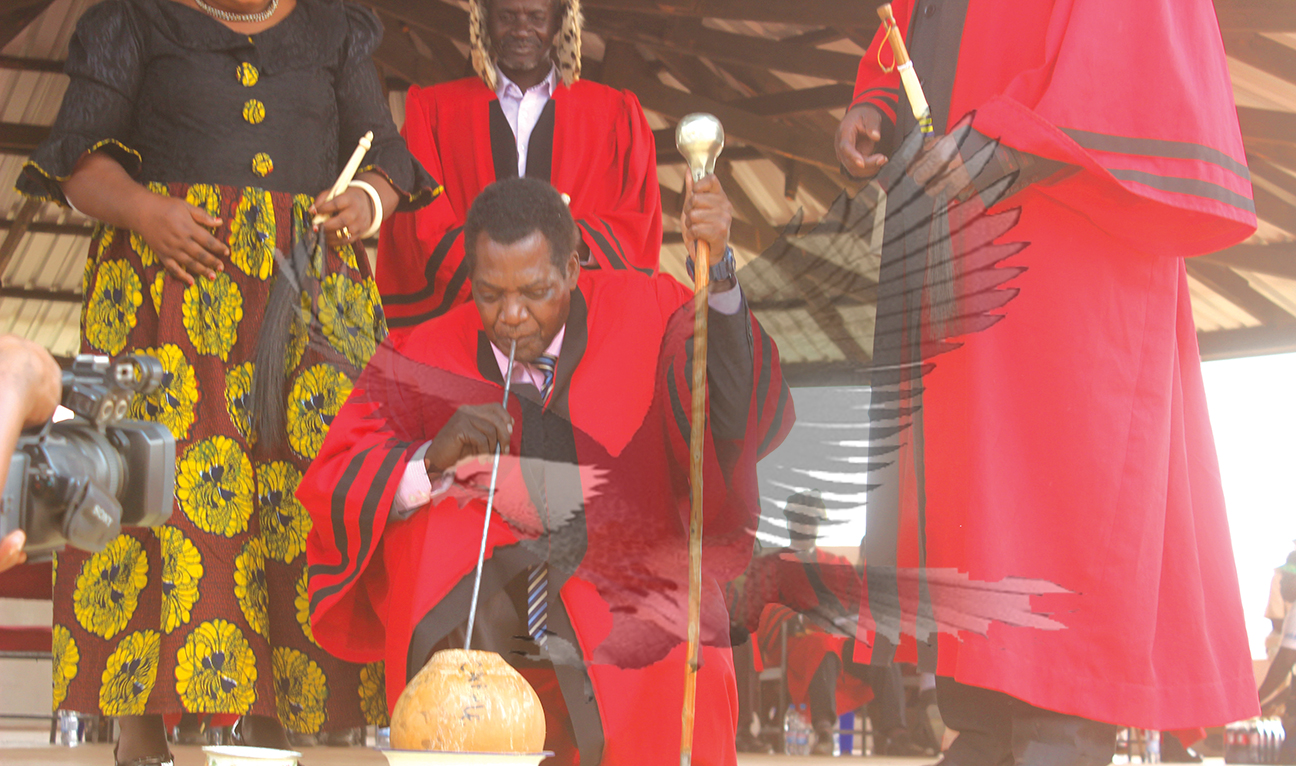
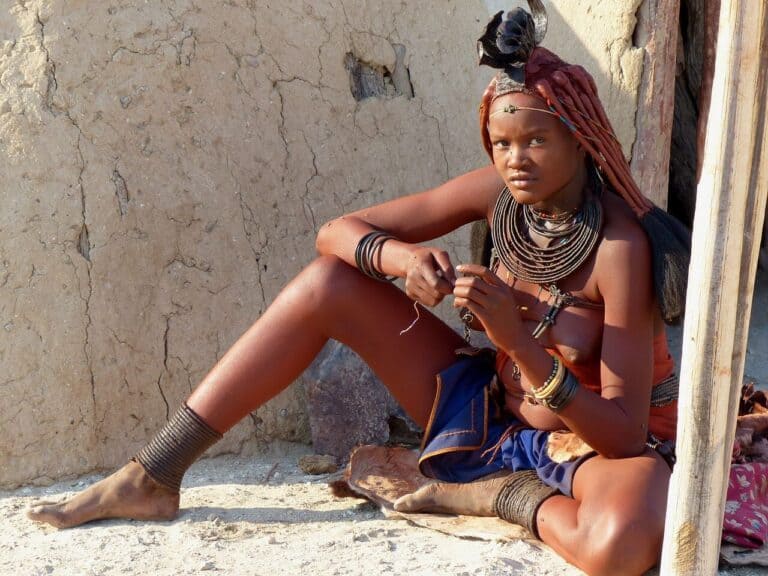
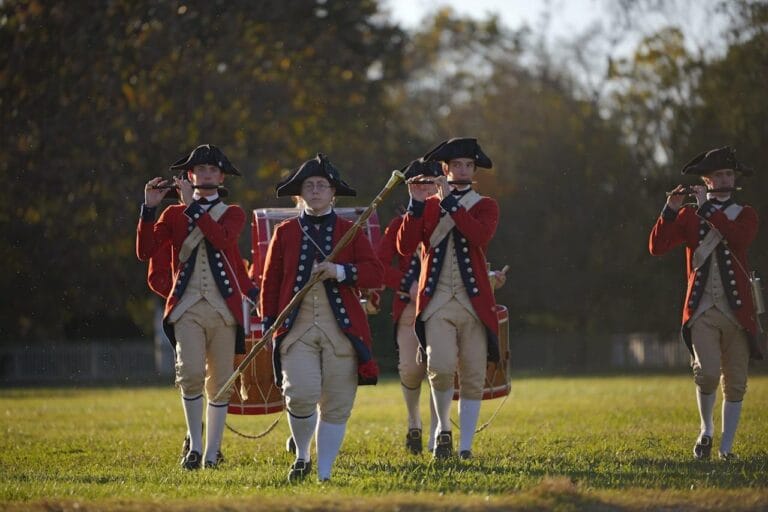
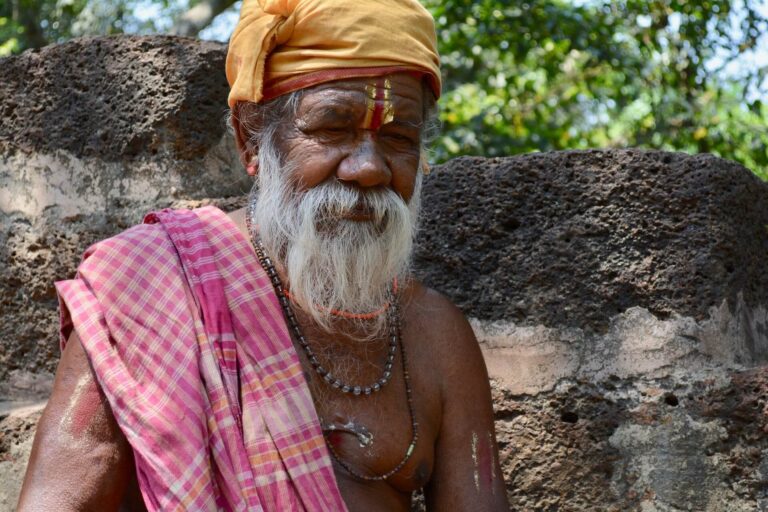

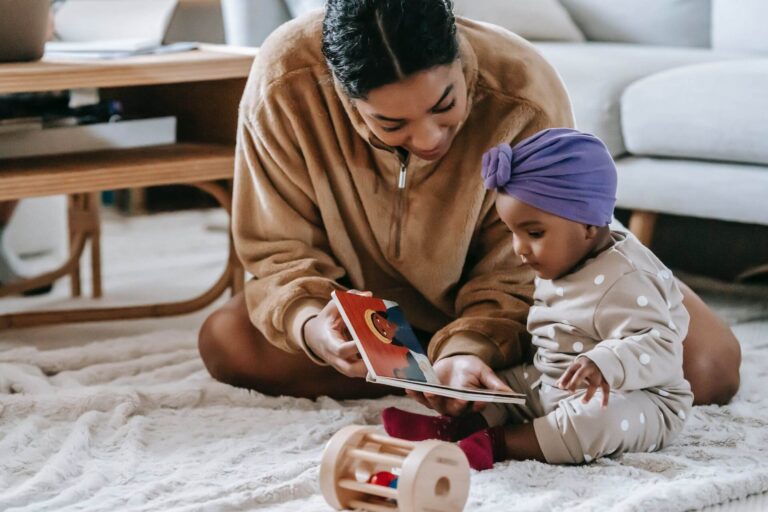
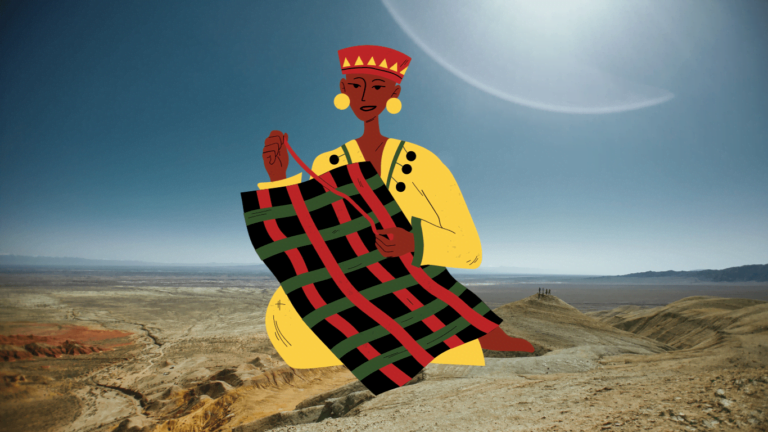
I am one of the Lala coming from Chibuyemanyushi village, chief Kabamba. When which of 2026 is the next ceremony
Hello Lucy, thank you for your comment and it is good to know you are one of the local community people kwi Lala. You can check the traditional ceremonies’ timetable here: https://www.mot.gov.zm/?page_id=624